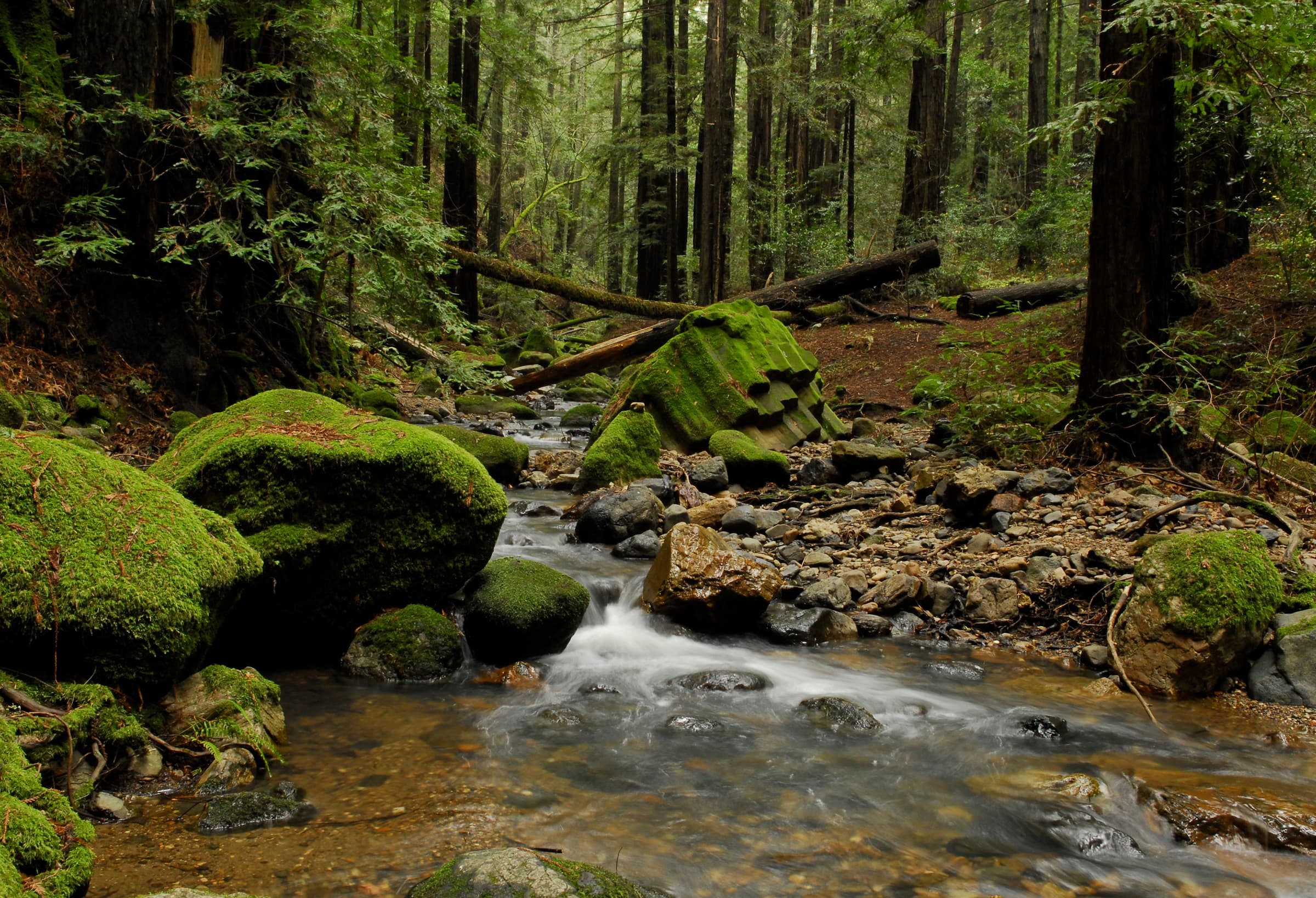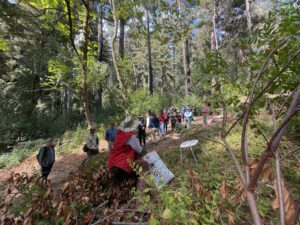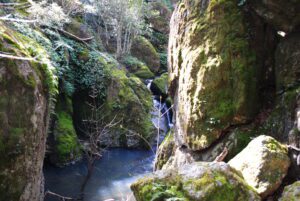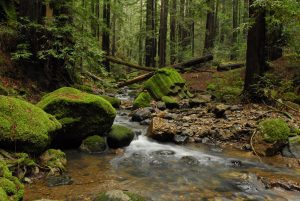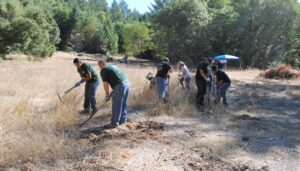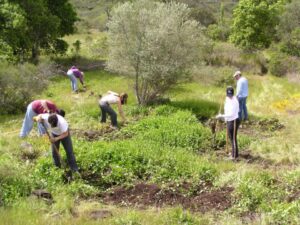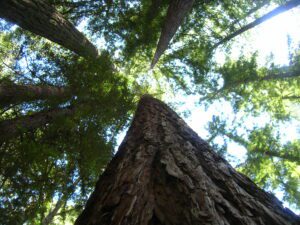Permanent Preserve

Nestled on the west side of Napa Valley, the Archer Taylor Preserve spans 399 acres.
This permanently protected wildlife habitat boasts one of the largest redwood stands in Napa County, a year-round creek, and over 240 recorded species of native plants, including several that are threatened or endangered. The preserve’s diverse topography and ecosystems make it a haven for wildlife and a site of ecological significance.
Ecological Significance
The preserve’s diverse ecosystems include towering redwoods, riparian zones, and rich understories that support a variety of wildlife. The year-round Redwood Creek provides essential habitat for aquatic species, while the surrounding forests offer shelter to numerous birds, mammals, and amphibians. Notably, the western newt, a salamander with a distinctive dark orange belly, thrives in the moist environments of the preserve. Additionally, the property’s location enhances habitat connectivity, supporting regional biodiversity.
Natural History
- Geology: The preserve lies within the Sonoma Volcanic Formation, a massive volcanic field formed 3 to 7 million years ago. Its volcanic origins include layers of lava and ash, creating unique geological features such as columnar lava formations visible near the creek. These striking structures resemble the famed Devil’s Postpile.
- Plants: The redwood forest, logged in the 1890s, has regrown with many trees sprouting from old stumps. The preserve also features Douglas-fir, various ferns, and flowering plants like trillium and wild strawberries. Oak species, manzanita, and California bay trees contribute to the botanical diversity.
- Wildlife: The preserve is home to deer, foxes, raccoons, mountain lions, and even the occasional bear. Birds such as red-tailed hawks, pileated woodpeckers, and owls are abundant. Aquatic species include trout and minnows in the creek, alongside amphibians like salamanders and frogs.
Historical Background
In 1945, Drs. Archer and Hasseltine Byrd Taylor, both esteemed professors at the University of California, Berkeley, purchased the property. They constructed a stone house using materials from the land, completing it in 1956, and resided there during summers before making it their permanent home in 1969. Following their passing, their daughters, Constance Taylor and Ann Taylor Schwing, honored their parents’ legacy by donating the initial 80 acres to the Land Trust in 1993. Subsequent additions expanded the preserve to its current size. Ann and her husband, Charlie Schwing, continue to actively volunteer at the preserve, dedicating their time to its maintenance and responsible management.
Conservation and Stewardship Efforts
The Land Trust, with the help of dedicated volunteers, diligently manages the preserve to protect its ecological health. Key initiatives include:
- Invasive Species Management: Controlling aggressive non-native plants like periwinkle (Vinca major) and Geranium purpureum to preserve native biodiversity.
- Habitat Restoration: Implementing measures to maintain and enhance the health of native plant communities, ensuring the survival of threatened and endangered species.
- Trail Maintenance: Developing and maintaining trails to minimize human impact on sensitive habitats while providing educational and recreational opportunities for visitors.
The preserve also serves as a site for native plant conservation and habitat restoration, benefiting threatened species and enriching local ecosystems.
Public Access and Engagement
The Archer Taylor Preserve is accessible to the public through guided hikes, orientations and volunteer workdays organized by the Land Trust. These events offer opportunities to explore the preserve’s natural beauty and contribute to its stewardship.
Hikes and Events: Portions of Archer Taylor Preserve are accessible through Land Trust guided hikes. Self-guided access is available to those who complete a Land Trust orientation and receive access permission. Visit our Hikes page to learn more and to sign up.
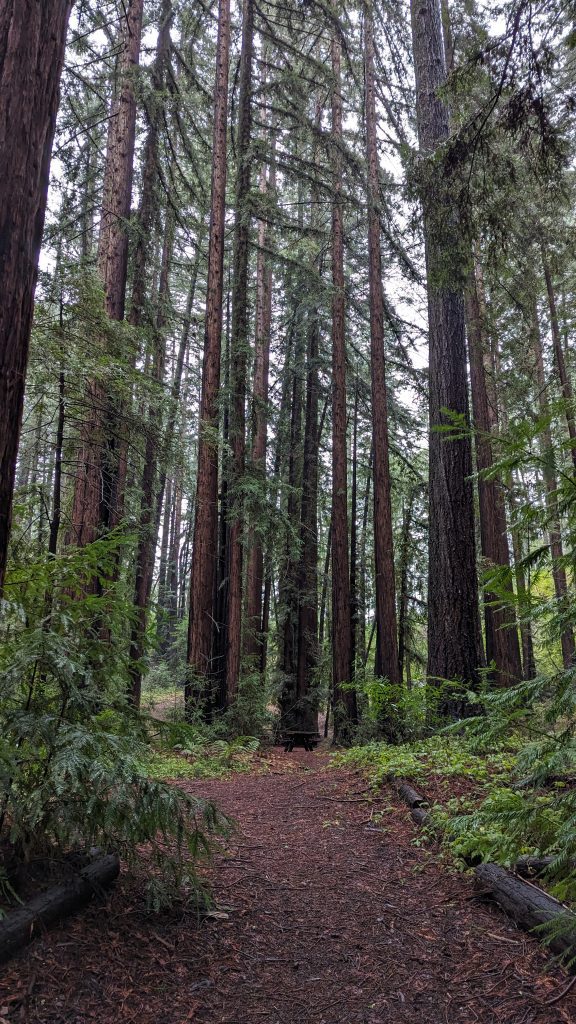
Commercial Use is prohibited on all LTNC properties.
Please Note: For our community’s and natural resources’ safety, all Land Trust preserves are closed to visitors during red flag warnings, fire weather watches, or extreme fire behavior warnings issued by the National Weather Service. Please check the latest weather reports before your visit.
